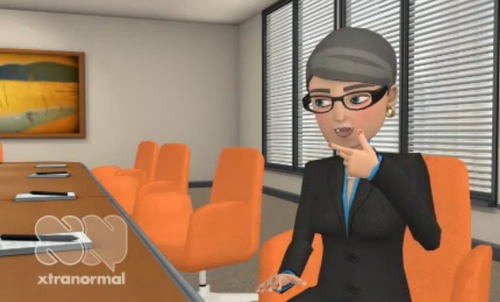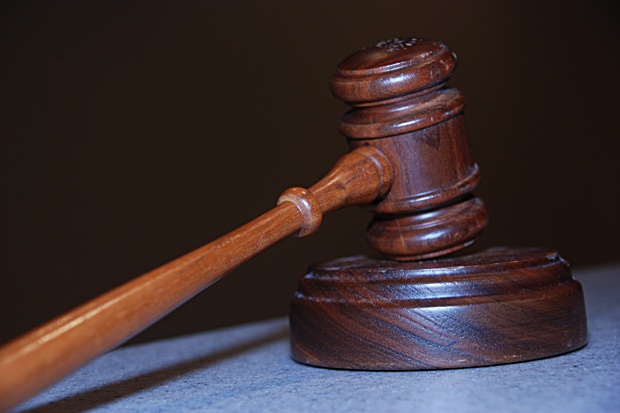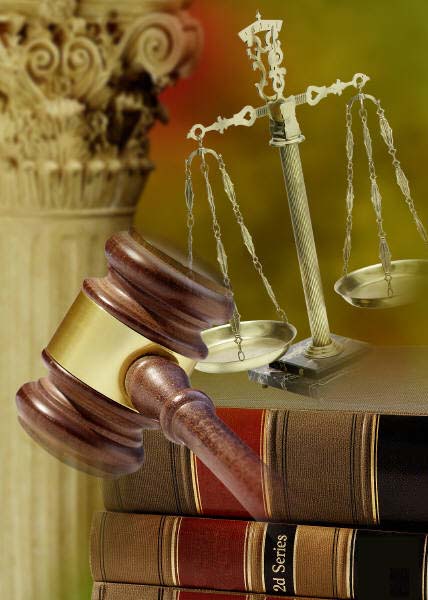eDiscovery Best Practices: The Rest of the Team

When beginning a new eDiscovery project, it's important to start by estimating the various tasks that will need to be performed and the type of personnel that will be needed. As the project unfolds, the tasks required to complete it may change, so it is important to revisit the project tasks and assignments to determine whether additional personnel are needed or if you can cut back. Yesterday, we began discussing the types of roles that could be associated with a typical eDiscovery project, here are some more:
Processing Personnel: After your team has identified and collected the ESI, it will usually be necessary to process that ESI with one or more software applications to prepare the data for searching and review to reduce or cull the data volume (such as an early case assessment tool like FirstPass®, powered by Venio FPR™) and limit review to the most highly relevant documents. There are several tools and/or service providers available to process your ESI; it’s simply a matter of selecting the best tool(s) for your organization. For each case, key decision makers on the team will need to evaluate the specific needs of that case to determine whether additional software or an outside vendor is needed and select the appropriate software to license and/or vendor to engage, if so.
Document Review Personnel: After identifying, collecting and processed the ESI, it needs to be reviewed by qualified review personnel to at least determine if it is responsive to the production request from opposing counsel and if it should be withheld due to a claim of privilege. Depending on the case, the ESI may need to be reviewed for other reasons or the review for responsiveness and/or privilege may be more in-depth. Usually, the reviewers are licensed attorneys; though, experienced paralegals are used in some cases. Either way, they will require training and guidance regarding the expectations of their job in general, receive instructions on the specific review project which they are working on, and be properly trained on use of the selected review application.
Hosting Provider: Depending on the case, you may use a hosting provider for the ESI from as early as collection through production. Large volume of ESI to be processed and reviewed, requirement to distribute review tasks across personnel who may be in different geographical locations, and the arrangements between the parties concerning the method and format of production are factors for deciding to use a hosting provider and also for selecting the desired provider.
Attorney(s): Did you think I forgot the attorneys? Of course, potentially complicated legal questions and issues arise in just about any discovery project, so you need an attorney who understands the legal rules and complexities associated with discovery of ESI. If the lead attorney doesn’t have the requisite knowledge in this area, it may be necessary to add an attorney with specialized eDiscovery knowledge to the team to provide advice and coordination on discovery issues. Many corporations have designated attorneys or paralegals on their in house legal staff who work on all eDiscovery matters; however, some organizations may also use outside eDiscovery counsel to work on discovery-related matters even if they’re not part of the firm representing the organization.
Each case will have unique requirements that affect the make-up and size of the team, so not all of the roles discussed over the past two days will be required for every case and the number of personnel in each role may also vary.
So, what do you think? Do you estimate the team members needed for your project before it begins? Please share any comments you might have or if you’d like to know more about a particular topic.
Disclaimer: The views represented herein are exclusively the views of the author, and do not necessarily represent the views held by CloudNine Discovery. eDiscoveryDaily is made available by CloudNine Discovery solely for educational purposes to provide general information about general eDiscovery principles and not to provide specific legal advice applicable to any particular circumstance. eDiscoveryDaily should not be used as a substitute for competent legal advice from a lawyer you have retained and who has agreed to represent you.






